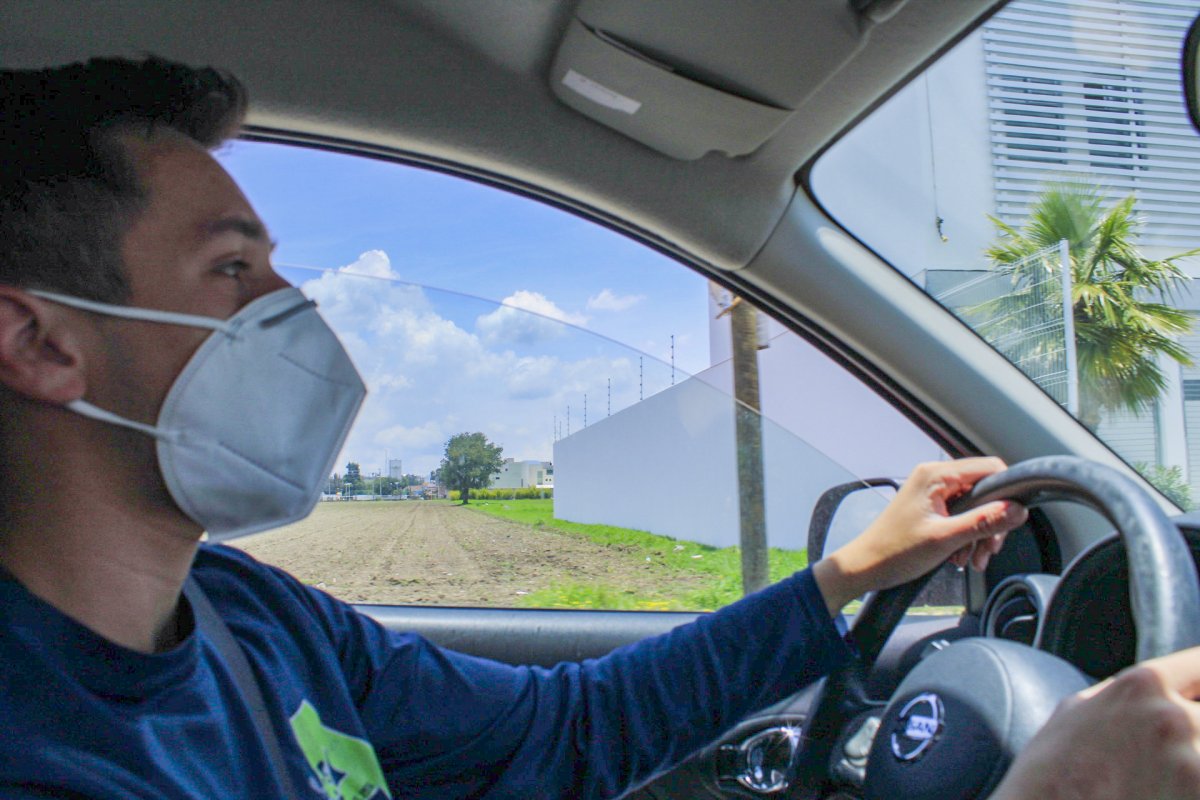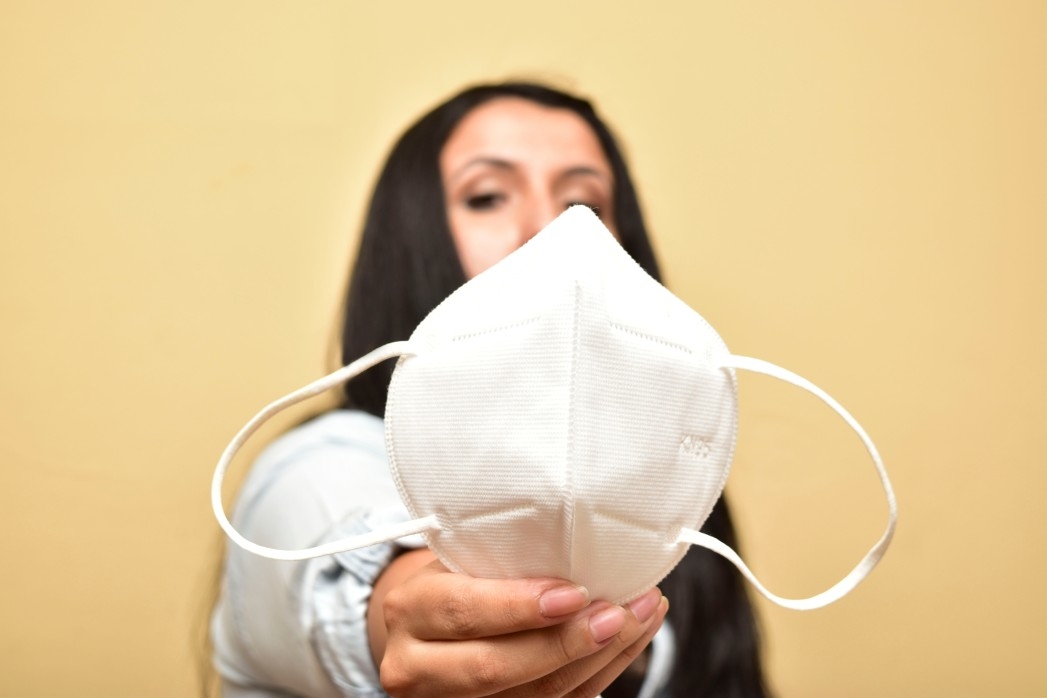Reusing N95 respirators is now 100% safe thanks to decontamination methods.
One study finds that the best method varies depending on the shape and materials of the respirator.
When the COVID-19 pandemic began, many front-line personnel have not had access to Personal Protective Equipment (PPE). Highlighting the N95 Several companies also including hospitals did not provide new respirators to their workers and had them reuse them after sterilization, reports Infection Control Today. Although they were not completely sure if the methods they used were effective.
A study published this month in the Journal of the American Medical Association found that most of the methods used to decontaminate N95 respirators proved reliable and relatively easy to implement. Researchers at the University of California, Los Angeles (UCLA) examined 42 studies that evaluated five respirator decontamination processes: germicidal ultraviolet irradiation, moist heat, microwave-generated vapor, vaporized hydrogen peroxide, and ethylene oxide. They found that all five methods were effective in sterilizing respirators without damaging their filtration performance.

The 3 methods that caused the least damage to N95s were germicidal ultraviolet irradiation and moist heat, along with microwave-generated steam. All three had short treatment times and could be performed with readily available equipment. Other more suitable options were vaporized hydrogen peroxide, although it takes longer and is more expensive. The fifth method, ethylene oxide, could leave toxic residues and is less easy to implement.
However, some of the methods may damage the shape of the respirators, affecting their fit. Since the design and materials of N95 respirators vary between manufacturers, the researchers suggested that companies check the specific brand of respirators they stock with each decontamination method to find the process that works best for them.
Source: CMMOnline

